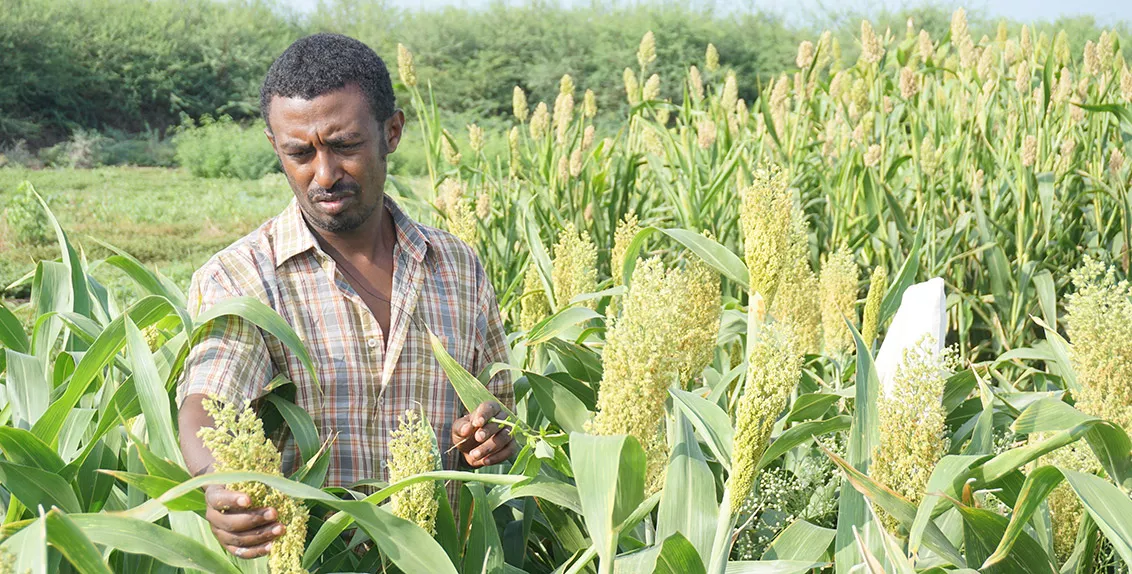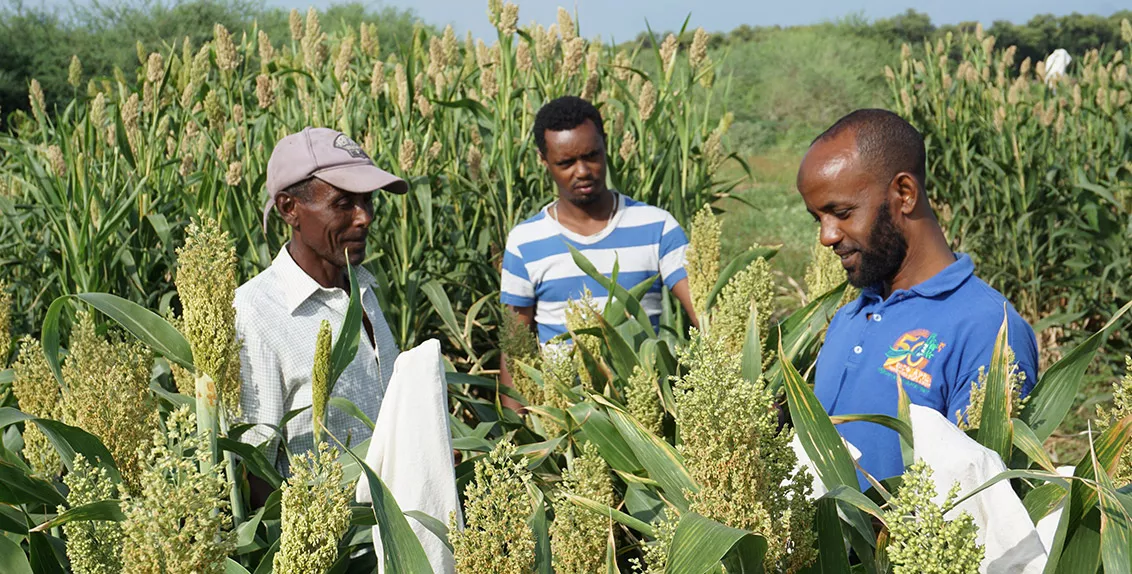New study names salinity, water scarcity among top risks to agriculture in South Sudan
A new study to establish farmers’ perceptions of the causes of low agricultural productivity and document their suggestions on how to improve the agricultural sector has found that loss of land due to salinization is among the major issues related to low agricultural productivity in South Sudan.
The study carried out by the International Center for Biosaline Agriculture (ICBA) and the Directorate of Agriculture and Rural Development, South Sudan, also shows that shortage of water is considered as the biggest challenge to improving agricultural productivity in the country.
According to the study, dependence on seasonal rain results in low crop yields and serious food shortages during most of the year. Therefore, installation of public wells to increase groundwater availability for irrigation and establishment of rainwater harvesting structures are potential solutions to resolving irrigation water problems and food shortages.
In addition, at the farm level, poor land leveling and irrigation management practices cause excessive seepage and runoff losses resulting in low water use efficiency and agricultural productivity.
Agriculture, forestry and fisheries accounted for 36% of the non-oil gross domestic product (GDP) in South Sudan in 2010, with 80% of the population living in rural areas largely dependent on subsistence farming.
According to the Food and Agriculture Organization of the United Nations (FAO), about 75% of the land area in South Sudan is considered to be suitable for agriculture while approximately half of the total 64.7 million hectares of land is suitable for cultivation. However, only 4% of this area is cultivated by mostly smallholder subsistence farmers.
Crop yields in the country are extremely low, which negatively affects incomes and livelihoods of poor farmers. Lack of agricultural inputs such as seed and fertilizer, poor advisory services and inefficient irrigation management are considered as the major barriers. The salt-affected lands in South Sudan are in the White Nile irrigation schemes; the agricultural potential of these areas has hardly been utilized despite having freshwater resources from the Nile River.
According to Dr. Asad Qureshi, a senior scientist in irrigation and water management at ICBA and the lead author of the study: “Establishment of a favorable marketing environment and agricultural extension services for farmers should be one of the priorities for the government and stakeholders. Training of vegetable growers in modern irrigation methods such as drip and sprinkler irrigation systems, as well as provision of irrigation equipment to farmers, can help increase water use efficiency and agricultural productivity.”
“The state and national governments should provide high-quality seeds and loans to vegetable growers to enable them to improve their crop production,” adds Dr. Asad Qureshi.
The study was part of the Rehabilitation and Management of Salt-affected Soils to Improve Agricultural Productivity (RAMSAP) project. Funded by the International Fund for Agricultural Development (IFAD), the five-year project (2015-2019) is aimed at increasing agricultural productivity, food security and income for smallholder farmers, agro-pastoral/pastoral communities in Ethiopia and South Sudan.
In order to reclaim salt-affected areas, the project is introducing salt-tolerant varieties of sorghum, pearl millet, cowpea, barley and sesbania to small-scale farmers.

